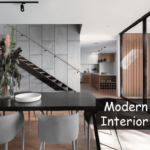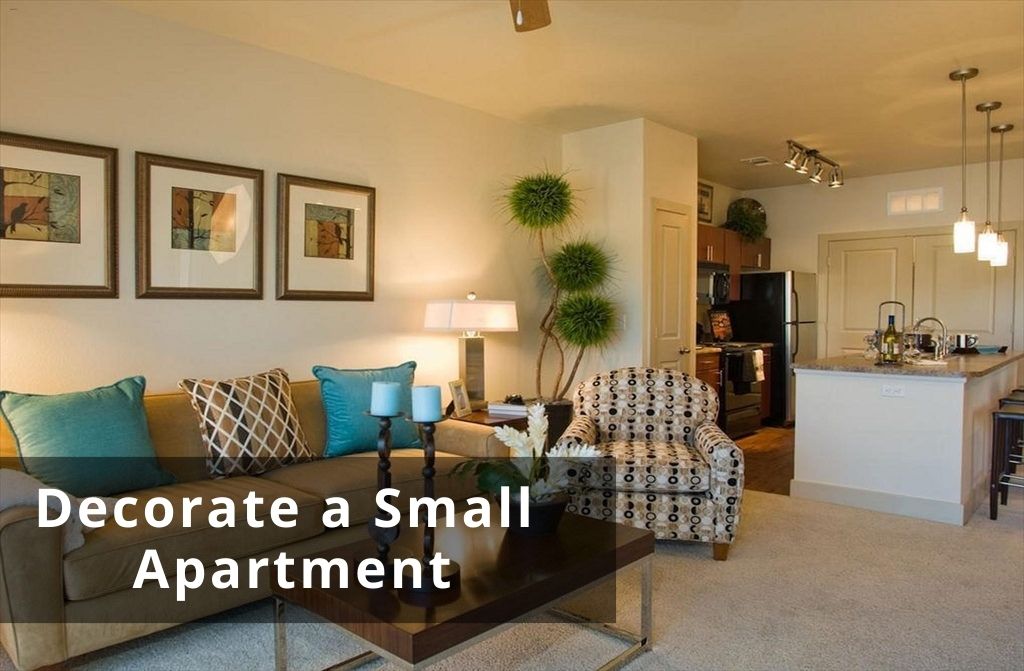Interior design and home renovation can seem complicated. But with some basic knowledge about styles, layouts, colors, lighting, furniture, and materials, you can create spaces that are both beautiful and functional.
This the ultimate guide to interior design and home renovation breaks down the key things to think about when renovating a home.
Trendy Styles of Interior Design for Homes
The first step is deciding what general style you want for your space. Some popular interior design styles include:
- Contemporary: Clean lines, neutral colors, lots of light. Often have an open floor plan.
- Traditional: Classic details like crown moldings, patterned fabrics, and rich wood. Create a cozy, elegant look.
- Modern: Simple shapes and decor, bold colors and patterns. Focuses on sleek, innovative designs.
- Farmhouse: Light and airy. Features natural materials like wood and stone. Includes vintage-style decor.
- Mid-century Modern: Features simple furniture with slim legs and clean lines. Makes use of vibrant accent colors.
No matter your style, be cohesive throughout the spaces. The furnishings, colors, and accents should coordinate.
Important Rooms and Layout Considerations
Common rooms that often get makeovers are kitchens, bathrooms, living rooms, dining rooms, and bedrooms. When renovating these spaces, focus on:
Kitchens
- Functionality in workspace and storage
- Durable surfaces and materials
- Lighting over key areas
Bathrooms
- Good ventilation
- Moisture-resistant surfaces
- Adequate storage space
Living & Dining Rooms
- Comfortable seating arrangements
- Complimentary furniture styles
- Multi-purpose and multi-functional spaces
Bedrooms
- Places to sleep and store clothes
- Reading nooks and work areas
- Styles tailored to the individual
In all rooms, make sure there is good flow between areas and functional space to perform needed activities.
What Are Some Essential Home Materials?
The materials you choose for floors, cabinetry, countertops, and walls impact aesthetics, durability, and functionality. Carefully consider the options for each element.
Flooring
Choose from options like hardwood, laminate, tile, stone, and resilient vinyl during your villa renovation project. Each varies in look, durability, comfort, and pricing so understand characteristics to pick what works best for the space and your lifestyle. Choosing the best flooring for renovation will increase your property value. Some are DIY-friendly while others require hiring a pro installer.
Cabinetry
Invest in quality materials here since cabinets make a huge visual impact and you will use them daily. Wood, laminate veneers, and painted finishes are the most popular.
Focus on durability, ease of cleaning, organizational layout, and hardware. Consult professionals if aiming for high-end custom cabinetry to get the details right.
Countertops
Countless options like granite, marble, quartz, and more differ in visual appeal, practical durability, and cost. Cool unique visuals or low maintenance can influence choice. Know that professional installation is typically required, especially for heavier materials like natural stone.
Wall Finishes
From paint to tile to shiplap, wall finish choices blend form and function. Consider sheen for washability, adding contrast through color or texture, and moisture resistance needs in baths and kitchens. Understanding product characteristics helps narrow selections.
Also Read: How to Decorate a Small Apartment
Best Color Schemes for Home Renovation
Color has a big impact on the feel of a room. It’s generally best to stick to one color scheme that has varying shades, tones, and accents. Some examples of schemes include:
- Monochromatic: Different shades of one color. Creates a refined, soothing look.
- Analogous: Try this color scheme while updating your apartment interior design. Colors next to each other like blue, blue-green, and green give a vibrant effect.
- Complementary: Opposite colors on the color wheel, like red and green or yellow and purple. Pops and contrast.
- Warm neutrals: Tones of cream, tan, burlap, and brown. Comforting and cozy.
- Cool neutrals: Most shades of gray, some taupes. Crisp and calming.
Remember lighter colors visually expand spaces while darker shades feel cozy and intimate. Brighter colors energize while neutrals invite relaxation. Choose the color combination of your interior based on the vibes and theme you want.

Guide to Select Furniture and Decor
Carefully choose furniture, lighting, accessories, and more to give rooms personality. Consider how elements coordinate through:
- Furniture: Size, shape, and placement impact function and flow. Assess wood tones, scale, proportions, and lifestyle fit. Tailor fabrics and fills to room purpose, opting for family-friendly durable textiles in high-traffic areas and indulgent textures in bedrooms. We always recommend custom furniture according to your interior.
- Lighting: Layer overhead, task, and accent lighting to create both overall brightness and dramatic focal points. Bulb temperature ranges from warm to cool. Position thoughtfully.
- Wall Decor: Mirrors visually expand spaces. Collections make bold statements when thoughtfully curated and framed. Gallery walls showcase personal style.
- Textiles: Area rugs anchor seating arrangements. Curtains soften windows, filter light, and enhance privacy. Throw pillows, blankets, and accent textures add coziness.
- Accessories: Books, plants, ceramics, and more add personal flair. Contain these items to designated surfaces to keep visually balanced.
Pull it all together with cohesive styles and a unified color story. Remember to maintain adequate walkways and sightlines.
Helpful Tips & Tricks for Interior Design and Home Renovation
- When choosing paint colors, purchase sample sizes to paint swatches first to see colors in the room before committing to a full gallon.
- Use drop cloths to protect floors and surfaces when painting. For carpets, plastic sheets help catch spills.
- To make small rooms feel bigger, paint walls light colors, hang mirrors, and minimize clutter.
- Pay attention to work triangle traffic patterns in kitchen design. Place the refrigerator, stove, sink, and prep areas conveniently.
- Install dimmer switches to control lighting brightness and set the desired ambiance.
- Anchor rugs under couch and chair legs so furniture doesn’t slide and protects floors.
- Use natural greenery and flowering plants to freshen indoor air quality and add pleasing pops of color.
- Hang artwork 57-60 inches above the floor, measured from the center of the frame to the ground.
- Group items with similar shapes, sizes, or colors to create cohesive gallery wall designs.
- When arranging furniture, ensure adequate walkways of at least 36 inches for movement around rooms.
Get Ready to Create Your Dream Home!
Interior design and home renovations require lots of decisions. Being clear on your style, spatial needs, color preferences and choice of furnishings and materials will help guide you to create beautiful tailored spaces you’ll enjoy for years to come.
In addition, you can talk to top interior design companies in Dubai for any renovation-related suggestions.
Do your research, talk with experts, and don’t be afraid to take risks with details like bold prints or unique light fixtures.
Your home should suit your lifestyle and showcase your aesthetic. The investment will be worth it when you feel comfortable, entertained, and proud to host friends and family.











